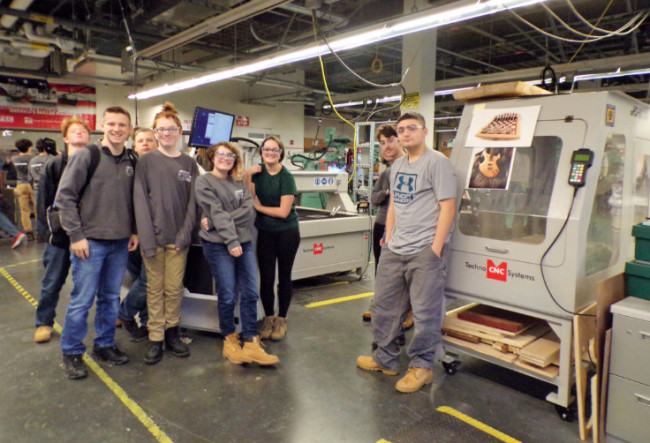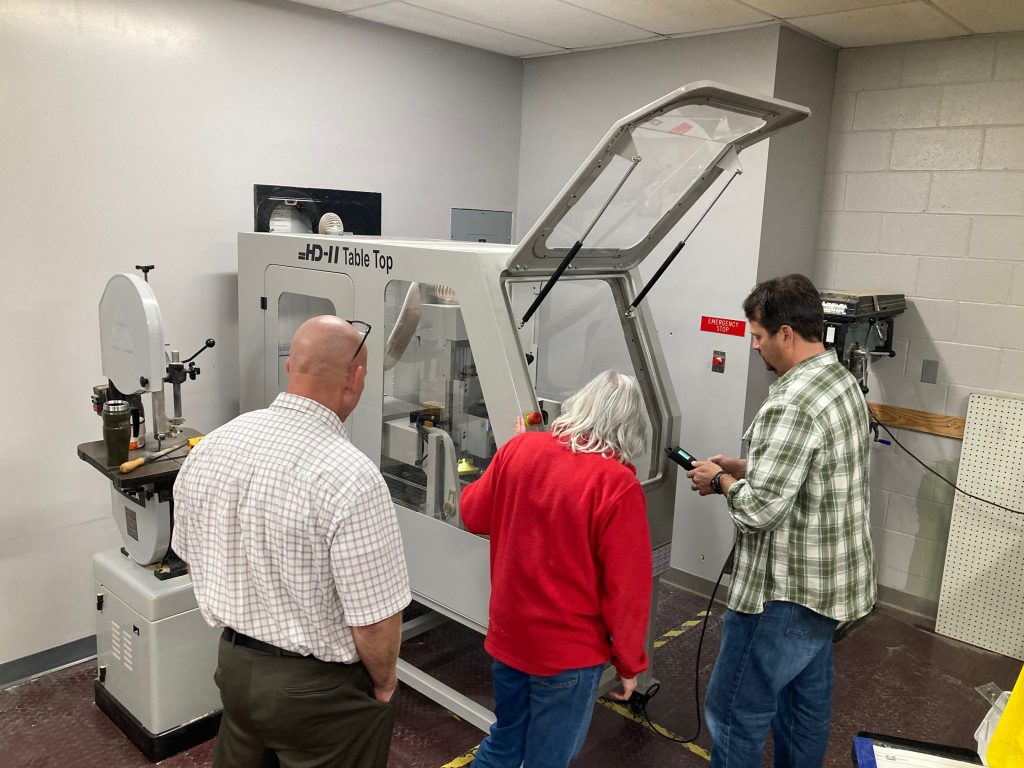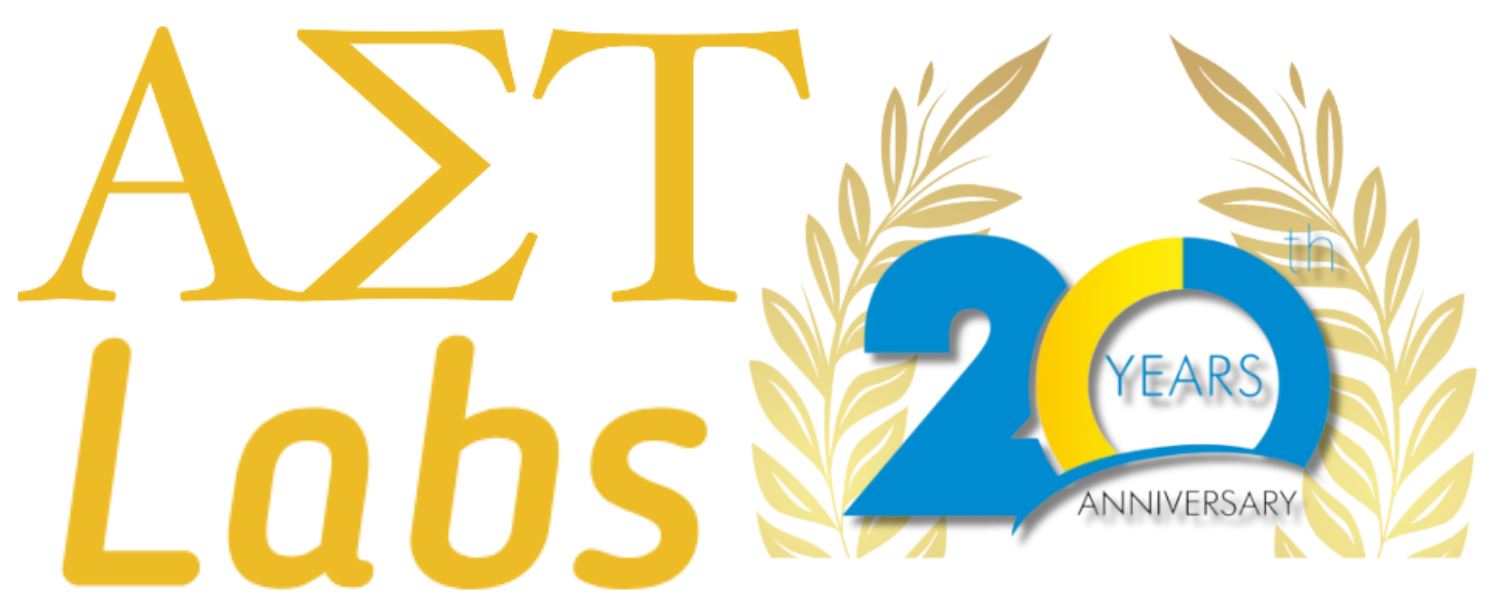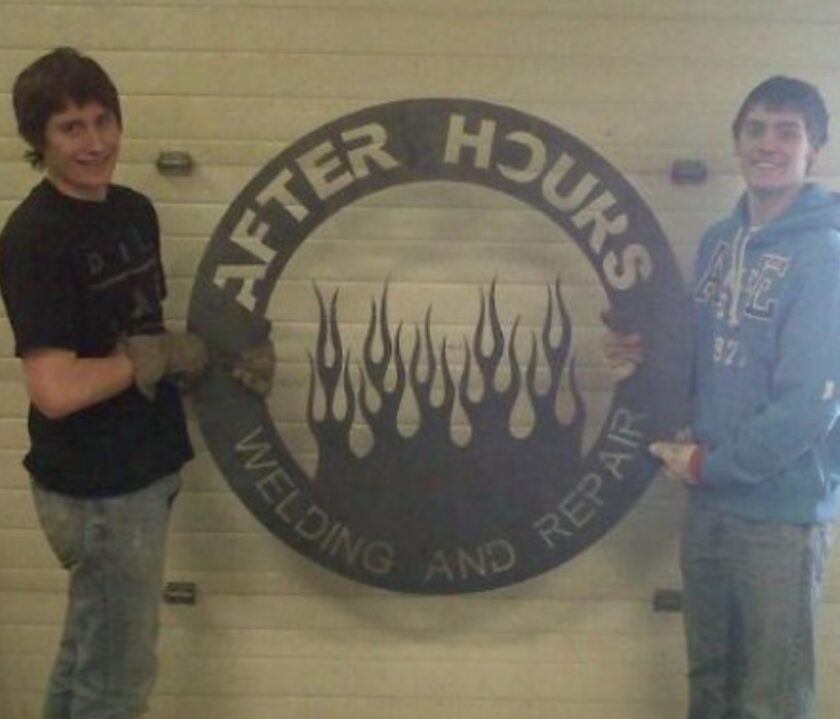CNC plasma cutting is a transformative innovation in the metal fabrication industry, providing exceptional speed, precision, and versatility. This advanced technology combines the precision of computer numerical control (CNC) with the cutting power of a plasma torch and is reshaping metal cutting and creating new possibilities in manufacturing. As demand for precise and efficient metal cutting grows, having a solid grasp of CNC plasma cutting will enhance your metal fabrication program and equip your students with the essential skills needed in the job market.

What is CNC Plasma Cutting?
CNC plasma cutting is a combination of a plasma torch that cuts through electrically conductive materials like steel, aluminum, and copper, a downdraft table, and automation. Unlike traditional plasma cutting, which relies on manual control, the automation in CNC plasma cutting allows for highly accurate and repeatable cuts based on pre-programmed designs.
The plasma torch generates an extremely hot, high-velocity stream of ionized gas, or plasma, which melts the metal while the CNC system guides the torch along the desired cutting path. This technology is widely used in metal fabrication for creating detailed shapes and patterns, offering a level of precision and efficiency that manual methods cannot match.

Key Components of a CNC Plasma Cutter
Understanding the main components of a CNC plasma cutter is essential for teaching students how to operate the machine safely and ensuring accurate cuts.

The plasma torch is responsible for generating the high-temperature plasma arc that cuts through metal. The torch is typically mounted on an X-Y-Z gantry, allowing the torch to move around the table. The downdraft table provides a stable surface where the material is secured during the cutting process and manages the debris and fumes generated during cutting. Alternatively, an enclosure with ventilation or a water table tray also help manage exhaust.

A control cabinet is connected to the plasma torch, which includes the CNC controller, a computer-driven system that precisely guides the torch along the desired cutting path based on pre-programmed instructions. The controller is what sets CNC plasma cutting apart from manual methods.
Basic Steps in CNC Plasma Cutting
CNC plasma cutting involves several key steps that ensure accurate and efficient cutting of metal materials. Here's the workflow using a Techno CNC plasma cutter, from a CAD design to the final cut part:
- Design the part in CAD software.
- Check torch consumables and air pressure.
- Launch the Techno CNC Interface.
- Position the stock.
- Set the torch voltage and cut height.
- Open the desired NC file.
- Preview the NC file.
- Set the torch feed rate.
- Move the machine to the origin on the stock.
- Zero all of the axes.
- Touch off the z position.
- Preprocess the file.
- Put on welding shield or goggles.
- Click Start.
CNC Plasma Cutting Projects for Students
Students can have a lot of fun coming up with things to make with a CNC plasma cutter, allowing them to express their creativity and get hands-on experience with the technology.
Custom Signs and Artwork
Students can create personalized metal signs with names or logos to learn how to translate a CAD design into a precise cut.
In an AET Labs summer workshop at Essex North Shore in Massachusetts, instructors got first-hand experience creating signs of their own.
Metal Brackets and Supports
Students can fabricate custom brackets, mounts, or supports, learning about the importance of accurate measurements in creating functional parts.
Industrial Parts and Prototypes
Students can design and cut prototypes for industrial parts, like gears or machine components, to learn about precision cutting, tolerances, and the prototyping process in product development.
Incorporating CNC plasma cutting into your metal fabrication program will help attract students to your program and equip them with practical skills used in the industry. If you would like to learn more about CNC plasma cutters and training for your New England school, please contact us at AET Labs.


